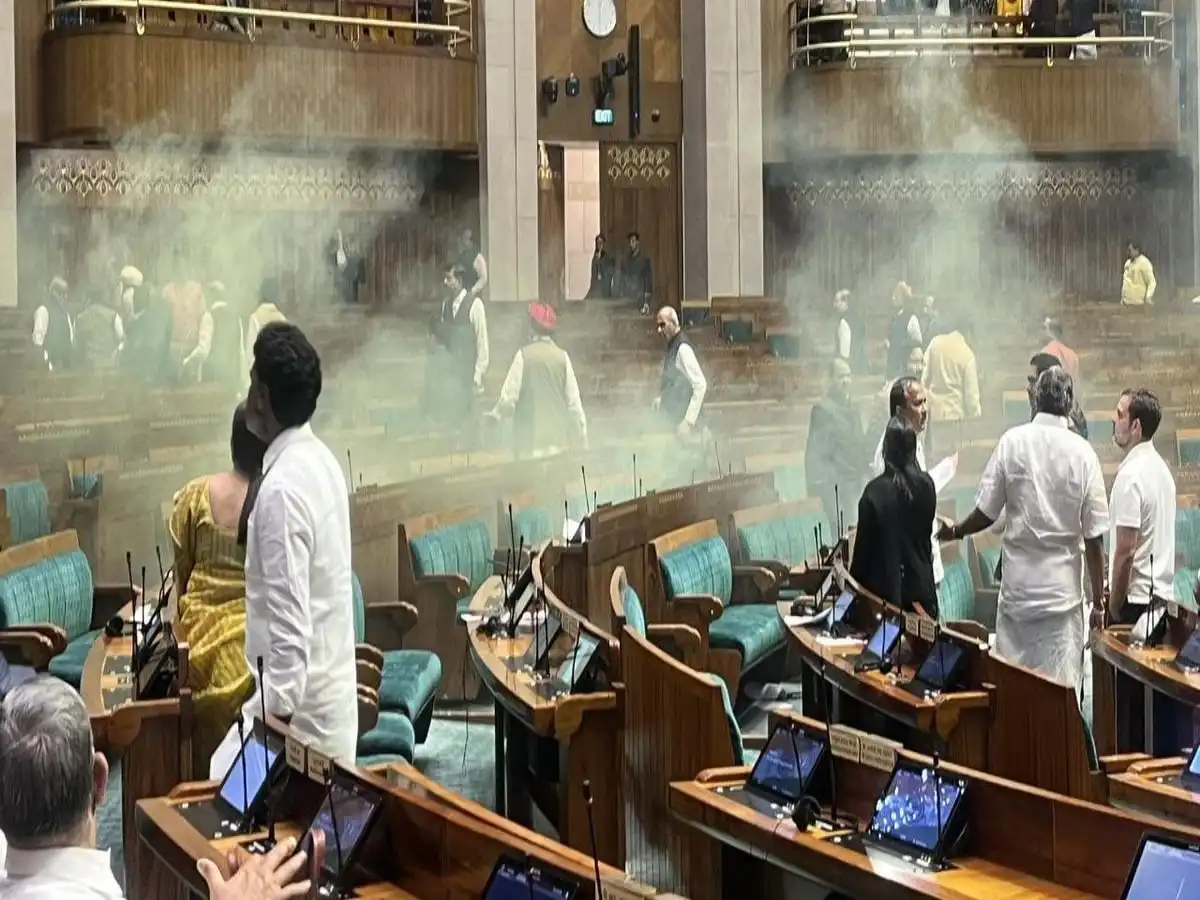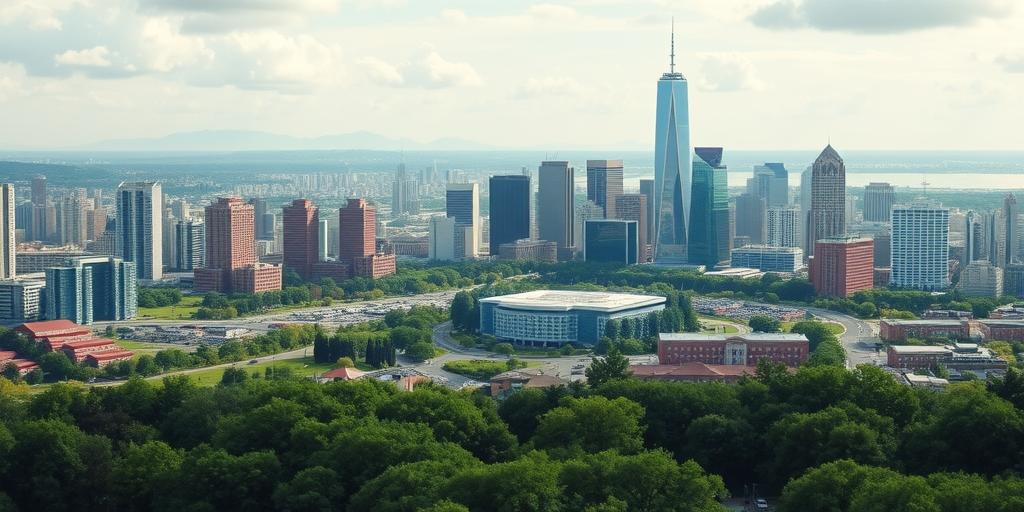Security Lapse in Parliament Shakes the Nation: Inside the Unraveling Scheme
<p>The recent security breach in the Parliament premises has sent shockwaves across the country. With the arrest of all suspects by the Delhi Police’s special cell, a daily unveiling of startling revelations has emerged during the police interrogations. Among those apprehended, Sagar Sharma confessed his intent to self-immolate outside the Parliament. Both Sagar Sharma and […]</p>

Security Lapse in Parliament Shakes the Nation: Inside the Unraveling Scheme
The recent security breach in the Parliament premises has sent shockwaves across the country. With the arrest of all suspects by the Delhi Police’s special cell, a daily unveiling of startling revelations has emerged during the police interrogations. Among those apprehended, Sagar Sharma confessed his intent to self-immolate outside the Parliament. Both Sagar Sharma and Manoranjan D, the two individuals responsible for launching a smoke bomb attack within the chambers, have provided insights into their motives.
Unveiling the Plan
During his interrogation with the Delhi Police, Sagar Sharma revealed his initial plan to self-immolate. He meticulously plotted to set himself ablaze outside the Parliament building. However, this scheme was eventually abandoned. Sharma also disclosed to the special cell that he intended to purchase a gel-like substance online, designed to protect the body from fire, for his intended act. Unfortunately, due to payment issues, the gel couldn’t be acquired, leading to the eventual abandonment of the plan to self-immolate outside the Parliament.
Mapping the Parliament Vicinity through Google Search
According to Delhi Police sources, the perpetrators arrived not just with one or two but with seven smoke canisters to execute their plan. Their reconnaissance involved extensive Google searches of the areas surrounding the Parliament building. Videos accessed revealed details about the neighboring zones, including outdated videos related to Parliament security. Additionally, they sought information on secure chats, attempting to avoid detection by authorities.
Unraveling the Culprit’s True Intentions
Sources have revealed that all apprehended individuals communicated through the Signal app to avoid any incriminating traces. Their primary objective appeared to be making a mark in the media. The plan to infiltrate the Parliament was crafted strategically during a period when the session inside was underway.
Conclusion
The shocking revelations from the interrogation shed light on the intricate planning and motives behind the breach. The incident not only underscores the vulnerability of high-security zones but also highlights the intentions of those seeking attention through drastic means. As investigations continue, the incident serves as a stark reminder of the vigilance needed to safeguard such critical spaces.








